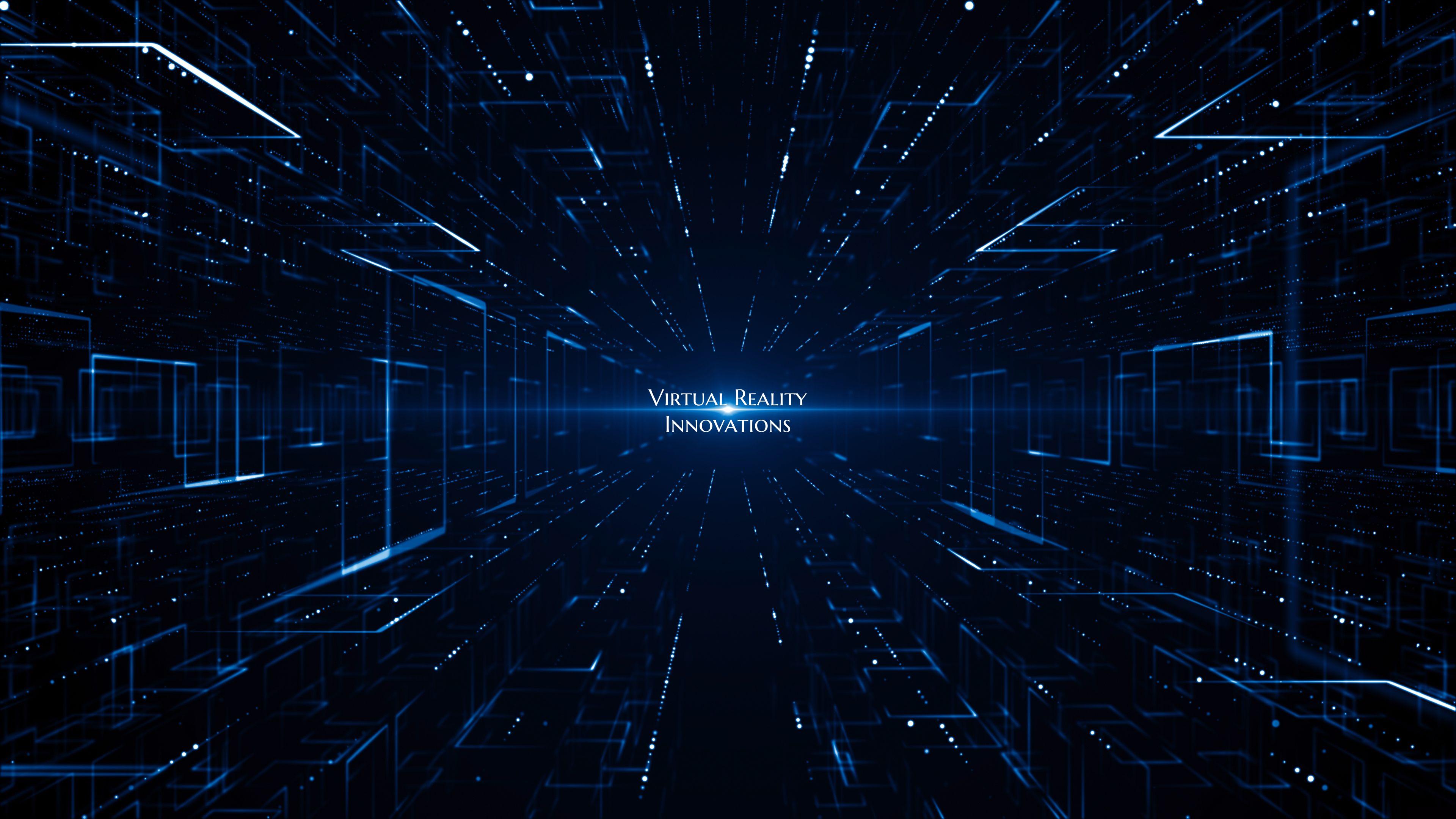Virtual Reality Innovations
Virtual reality (VR) technology has seen rapid advancements in recent years, leading to remarkable innovations that have revolutionized various industries. Through the use of specialized headsets and controllers, users are able to immerse themselves in simulated environments and interact with digital elements in ways that were once thought unimaginable. This cutting-edge technology has opened up new possibilities for entertainment, education, healthcare, and more.
One of the key innovations in virtual reality is the development of more advanced headsets that offer higher resolution displays, wider fields of view, and improved tracking capabilities. This has resulted in more realistic and immersive experiences for users, making them feel like they are truly present in a virtual world. Furthermore, the introduction of hand tracking and full-body motion capture technology has enhanced the level of interactivity in VR applications, allowing users to manipulate objects and engage with their surroundings in more natural ways.
Another significant advancement in virtual reality is the use of haptic feedback systems, which simulate the sense of touch by providing tactile sensations to users. This technology enables users to feel textures, vibrations, and even the impact of virtual objects, enhancing the overall sensory experience in VR environments. Combined with spatial audio technologies that create realistic soundscapes, these innovations contribute to a more convincing and engaging virtual reality experience.
In addition to entertainment, virtual reality innovations have found applications in fields such as education and training. VR simulations offer an immersive and safe environment for students to learn and practice various skills, from surgical procedures to architectural design. Training programs in industries like aviation, military, and manufacturing have also adopted VR technology to provide realistic scenarios for personnel to develop their skills and decision-making abilities in a controlled setting.
Moreover, the healthcare industry has seen the emergence of VR applications for therapy, pain management, and rehabilitation. Virtual reality can transport patients to calming or stimulating environments to reduce stress and anxiety, or provide interactive exercises to improve motor skills and cognitive functions. These innovations are helping medical professionals deliver more effective and personalized care to their patients, ultimately improving health outcomes.
The future of virtual reality holds endless possibilities for further innovations and advancements. As technology continues to evolve, we can expect to see even more realistic graphics, enhanced interaction capabilities, and novel applications of VR in fields we may not have yet imagined. Virtual reality innovations are reshaping the way we perceive and experience the world, and the potential benefits they offer are truly transformative.

